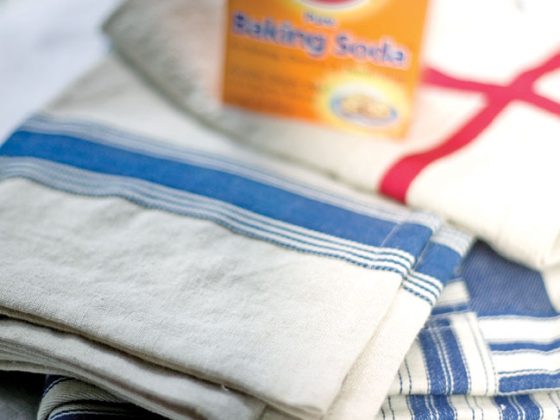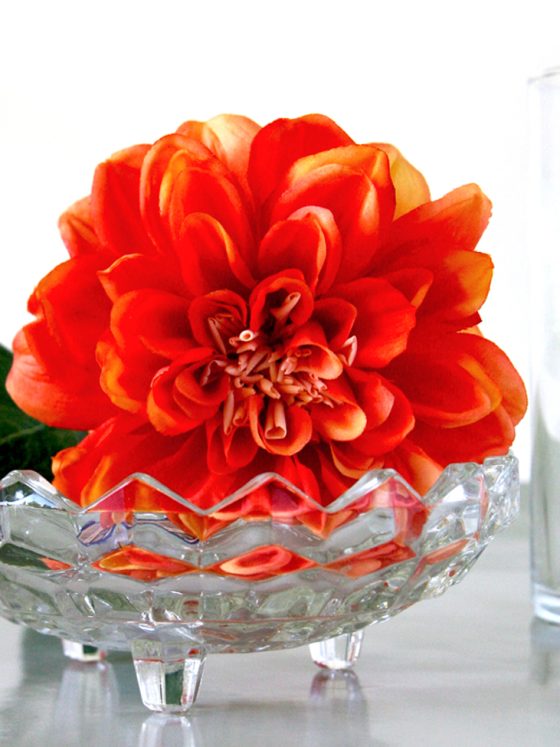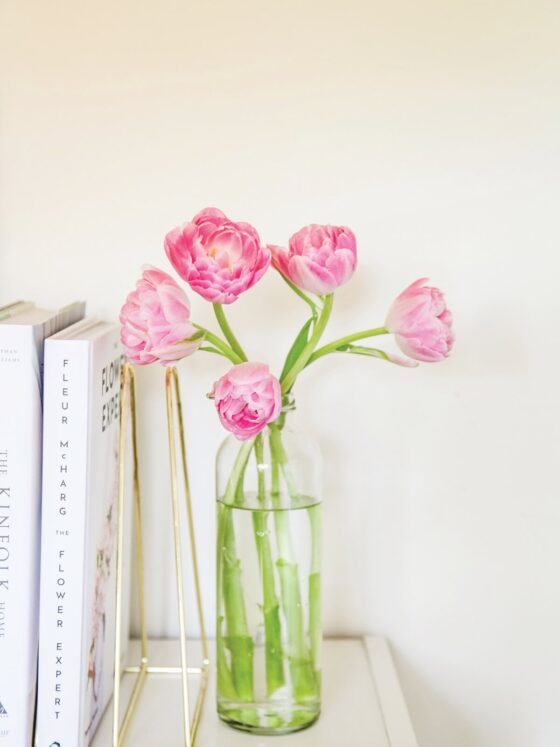Sure, that Boston fern softens the corner of the living room, but did you know that it is also purifying your air, ridding it of common household toxins? While it is true that having and tending to plants in the home can soothe the senses and lift the spirits, there is scientific evidence that indoor plants have a positive physical impact on their immediate environments. These benefits include purifying the air, adding necessary humidity and boosting oxygen levels.
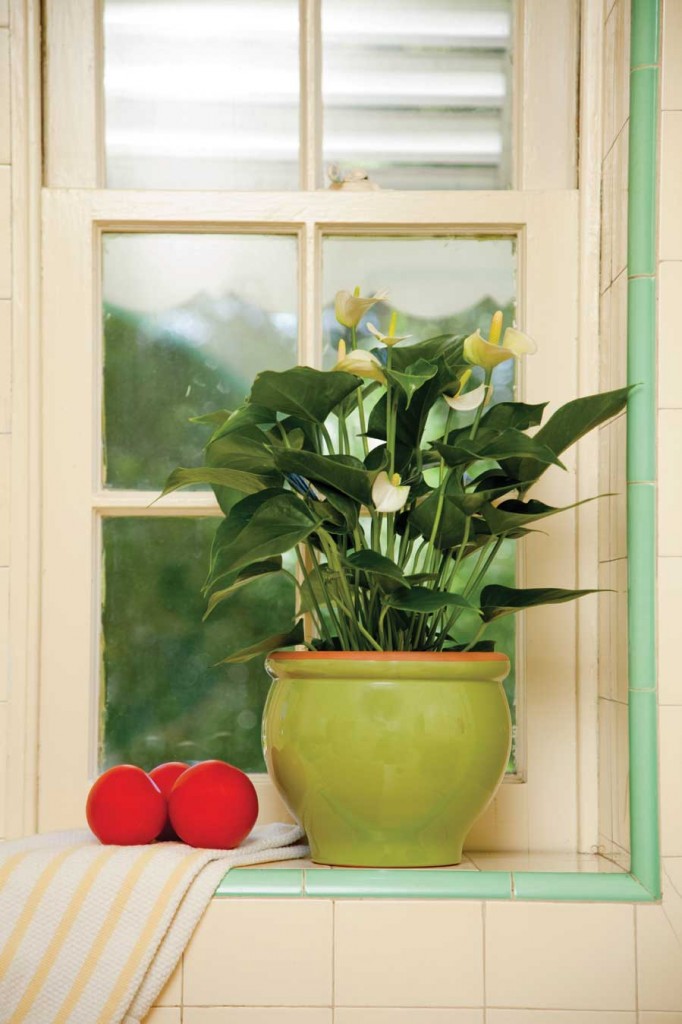 A study performed by the University of Agriculture in Norway concluded that indoor houseplants improved the health of human inhabitants by increasing moisture levels in the home and decreasing dust. Study participants reported 30 percent fewer incidences of coughing, sore throats, fatigue and other cold-like symptoms.
A study performed by the University of Agriculture in Norway concluded that indoor houseplants improved the health of human inhabitants by increasing moisture levels in the home and decreasing dust. Study participants reported 30 percent fewer incidences of coughing, sore throats, fatigue and other cold-like symptoms.
Indoor air pollution and toxins are introduced into the home from a variety of sources, including cleaning products, paint and even furniture. Formaldehyde is a common byproduct of furniture, cabinetry and building materials, particularly in particle boards, pressed wood and paper products and is released into the household air. It can be found in virtually all water repellant and fire retardants, and there are also natural sources, such as natural gas and kerosene.
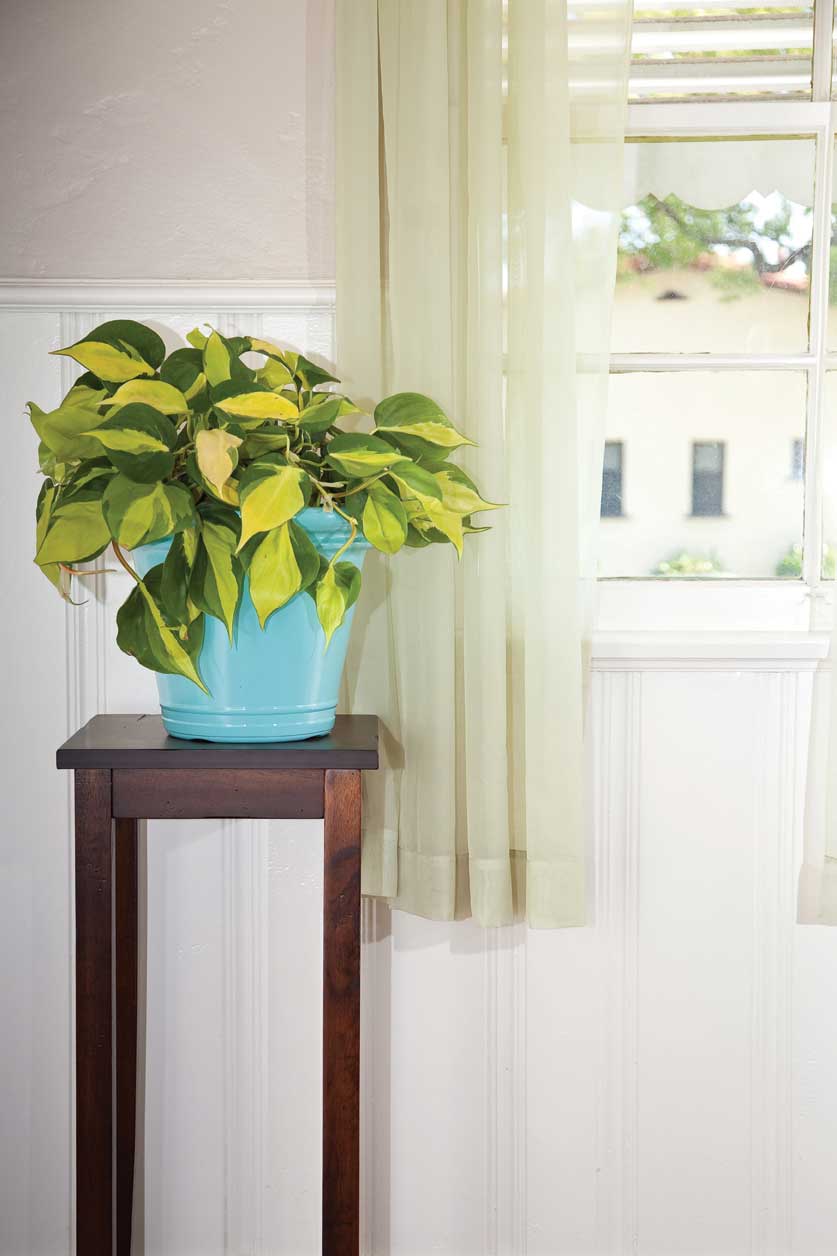
Benzene, another known carcinogen, is used in the production of some rubbers and plastics. Philodendrons and peace lilies are two varieties of indoor plants that are particularly effective at siphoning those chemicals out of the air and producing clean oxygen.
A good rule of thumb to follow for maximum effect is to have one houseplant per 100 square feet. Consider varying placement as well, using some as hanging plants by windows and others at table or counter level—this ensures good even coverage. Plants absorb carbon dioxide and pollutants through their leaves so be sure to keep them clean and free of dust.
Clearing the Air
Some of the most common household air pollutants and the plants that fight them.
Formaldehyde – Where it’s found: cleaning products, particle board, pressed wood, natural gas, kerosene, tobacco smoke, wood and carpet adhesives, insulation, water repellants, fire retardants Good plants: Boston fern, golden pothos, philodendron, spider plants
Good plants: Boston fern, golden pothos, philodendron, spider plants
Benzene – Where it’s found: rubber and plastic products, resins, some dyes and detergents
Good plants: Gerbera daisy, chrysanthemum, spider plant, peace lily
Xylene – Where it’s found: rubber, leather, paint thinner, paints, varnishes
Good plants: Areca palm, moth orchid, dwarf date palm, mother fern
Toulene – Where it’s found: paint thinner, varnishes, silicone sealants, printing ink
Good plants: Areca palm, moth orchid, dwarf date palm, rubber plant


